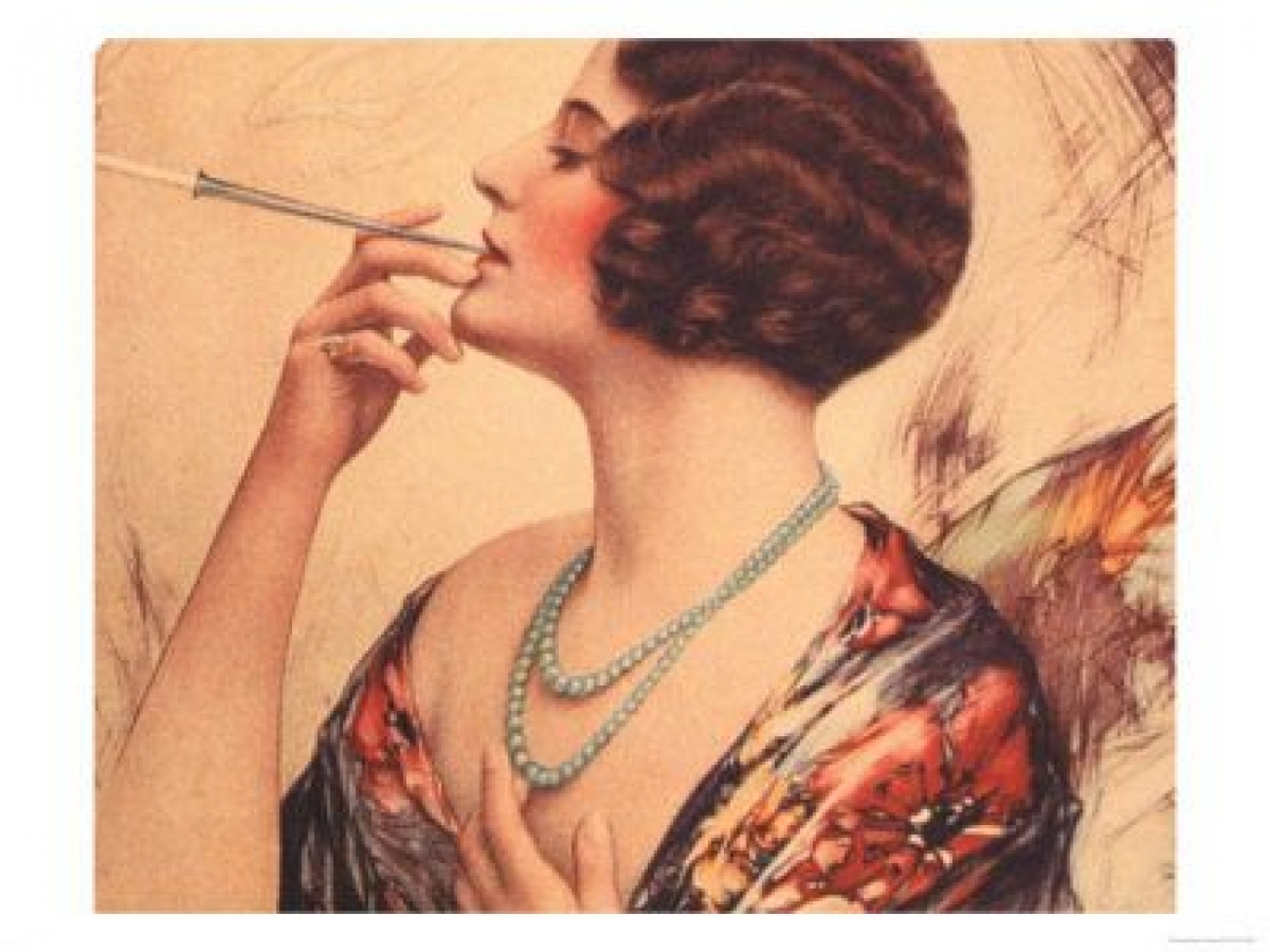Some rights reserved by Piotr Wojcicki
This week marks the 20th anniversary of Edward Bernays’ death, a man often referred to as “the father of public relations”. If you’ve never heard of him, don’t worry – Bernays himself would be the first to argue that a PR practitioner should be inconspicuous.
Edward Bernays developed his theories and techniques for influencing public opinion in early 20th century New York. In a move that foreshadowed modern practices in PR, he favoured quotes and endorsements from experts and opinion leaders in magazine articles to strengthen his clients’ messaging. He was effectively an opinion-maker by profession, who took pride in targeting a demographic and producing desired changes in attitudes.
The way Bernays would go about producing these changes was by combining Gustave LeBon’s theories on “crowd psychology” with the psychoanalytical ideas of his uncle, a certain forward-thinking neurologist named Sigmund Freud…
Put simply, if uncle Sigmund was a psychoanalyst to the individual, “Eddie” saw himself as a psychoanalyst to corporations. This may explain his highly academic definition of PR: “a public relations person is an applied social scientist who advises a client or employer on the social attitudes and actions to take to win the support of the publics upon whom his, or her or its visibility depends.” Some could argue this borders on public manipulation, but its efficacy is undeniable.
Take this successful campaign as an example: after already pulling off the impressive feat of making public smoking acceptable for women in the 1920s (by even rebranding them as “torches of freedom”), the PR guru conducted some surveys on behalf of Lucky Strike. These revealed that women felt that the cigarette brand’s green packaging clashed with their refined clothes.
Bernays’ solution? To make green fashionable by helping to launch a line of green gowns that could be worn at green fashion luncheons and paraded at green balls. Unsurprisingly, the campaign resulted in loads of green bucks for Lucky Strike (and in an ironic turn of events, Bernays would later employ his PR savvy for an active anti-smoking campaign).
Edward Bernays was a pioneering figure, who managed to think outside the box in a time when the expression had not even been invented yet. Thanks to him, PR practitioners have an answer to that all too frequent question: “So what do you do in PR?”
Next time that happens, just say you’re a social scientist that applies an understanding of behavioural attitudes to business and the media. That should knock’em out.
